Frequently Asked Questions
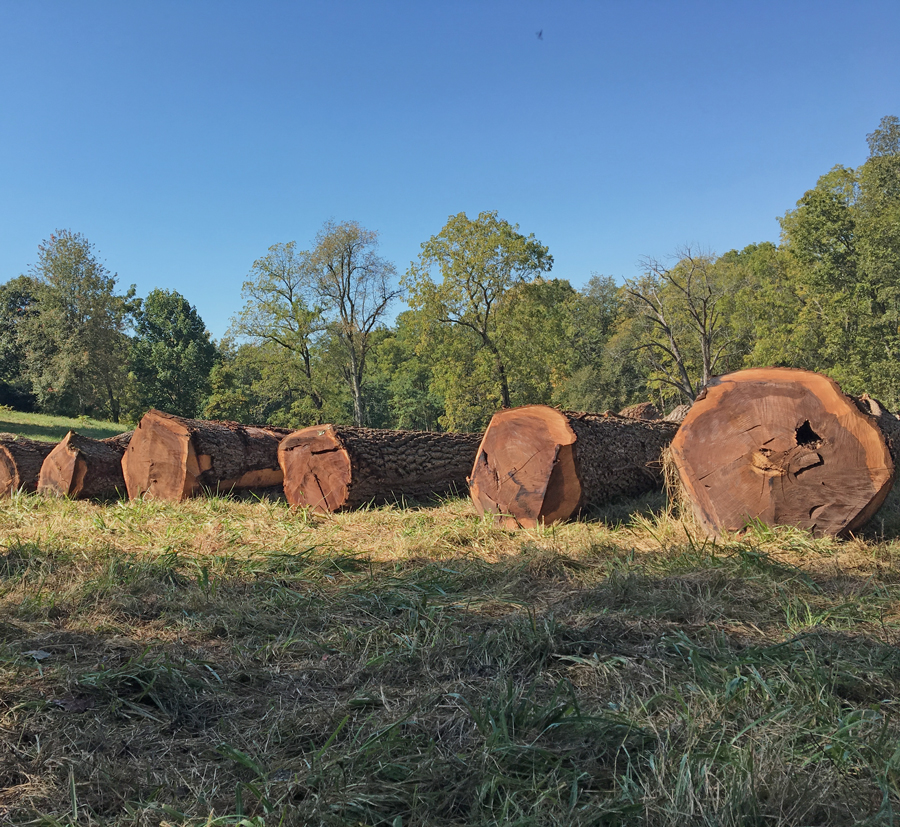
Why should I harvest my trees?
It is important to harvest your trees about every 10 to 20 years to promote regrowth of new trees and provide a habitat for wildlife. Because removing some trees from a dense forest, through selective cutting, enables the other trees to grow more vigorously since there are more nutrients and sunlight available.
If larger and older trees always shelter younger trees, we find that their root systems cannot develop as well. Removing some of the larger trees will expose the younger trees to the wind and weather, promoting the growth of deeper root systems. This creates a healthy forest of strong trees.
Selective thinning of a forest also provides an environment for wildlife to thrive. Fewer trees allow more sunlight to reach the forest floor, encouraging the growth of small shrubs and berries. These small plants create a great habitat for lots of small animals to find food and shelter.
Not only is harvesting trees healthy for the environment, but it also provides materials for many of the things we use in our everyday lives. We use trees every day to create paper products, building materials, cosmetics, and even food products.

I’ve heard a lot about clear cutting. Isn’t it bad for the environment?
Clear cutting is often confused with land clearing. Many people mistake clear cutting for land clearing. Clear cutting is a responsible harvesting of trees to promote regrowth of new plants and to create a healthy environment for animals.
On the other hand, land clearing is the complete removal of a forest to make room for buildings or other developments. By selectively clear cutting trees in a dense forest, we allow a healthy cycle of regrowth to occur.
When loggers remove some trees in a forest, it allows for more sunlight to reach the forest floor and gives more space for small plants and new trees to grow. This small vegetation also provides more oxygen (through the process of photosynthesis) than older trees are capable of producing.
These small shrubs also provide food and shelter for wildlife. Although clear cutting may make a forest look harmed at first, the process of regrowth starts immediately as little plants grow from the decay of old stumps and logs.
We are careful to select the proper trees when we clear cut a forest because we believe in keeping our forests strong and healthy.
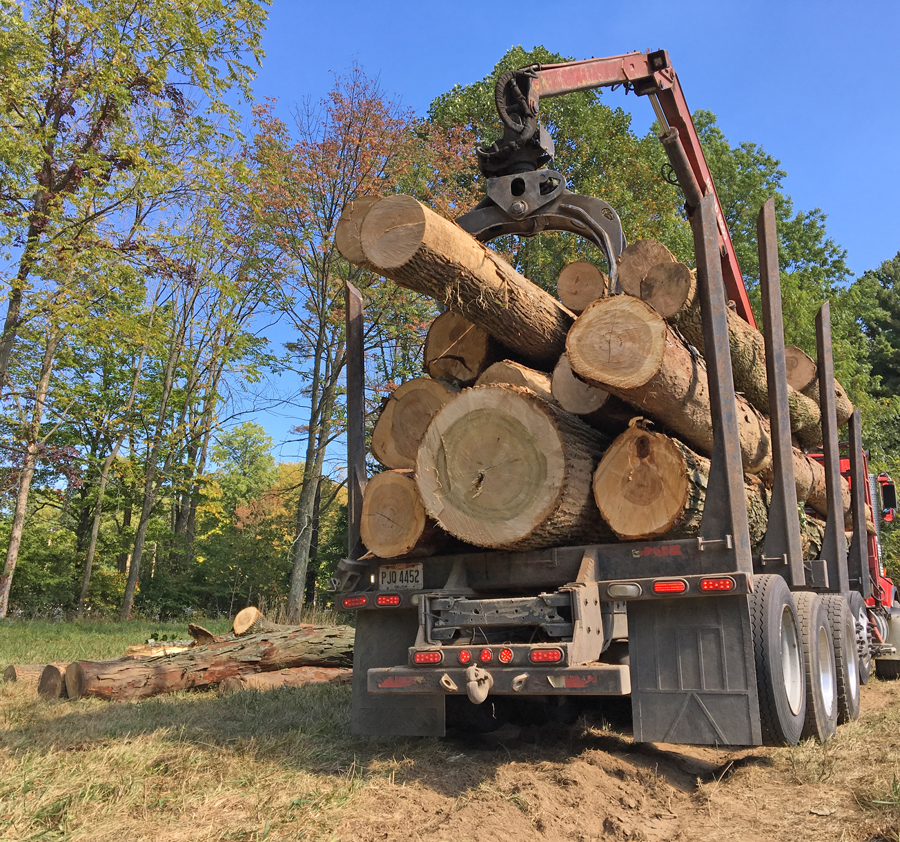
Are we running out of trees?
No, even though the population is expanding in the United States. Which means we are cutting down more and more forest land. However our forests still contain 70% as many trees as they did five centuries ago when Columbus discovered America.
Each year, people plant approximately 1.6 billion trees in the U.S. God created trees to be a renewable resource for us to use wisely. So, when we properly manage a forest by selectively harvesting trees and promoting sustainable regrowth, we actually create healthier forests with more trees.
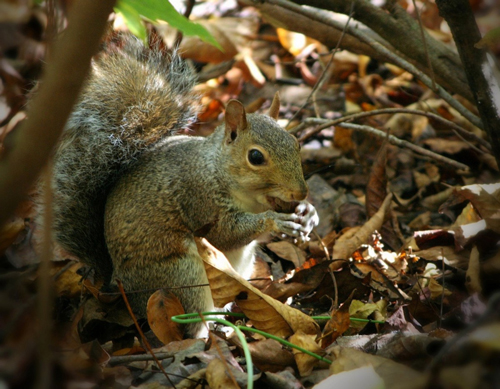
Is wildlife habitat destroyed when we cut trees?
Cutting selective trees out of a forest allows more sunlight to reach the forest floors and promotes the growth of small shrubs and plants. This creates a healthy environment for small animals to find food and shelter where they would not otherwise.
Although the process of thinning out a forest sometimes drives out some wildlife, it generally creates a healthy environment after the harvesting for small animals and wildlife to live.
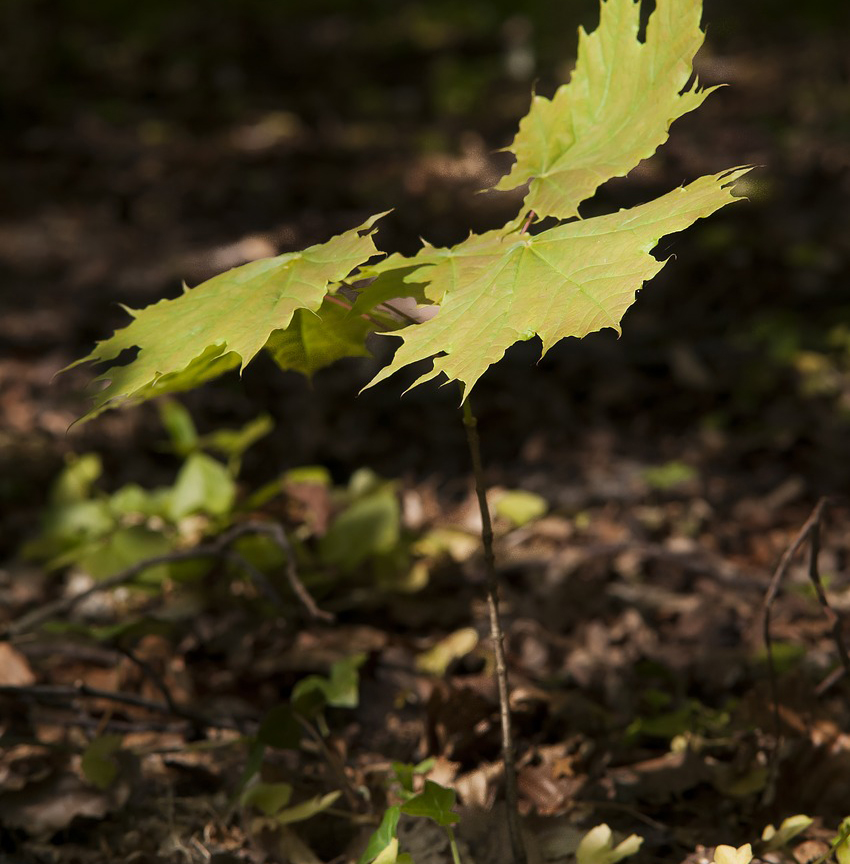
Does recycling paper save trees?
Recycling doesn’t necessarily save trees, although it does reduce the amount of waste going into landfills. It is definitely a good idea to recycle and act as responsible stewards of the forest land we have. However, the amount of wood products that the average person consumes on a daily basis requires more resources than recycling alone can provide.
It is important for us to recycle but also to use trees responsibly as the renewable resource that they are meant to be.
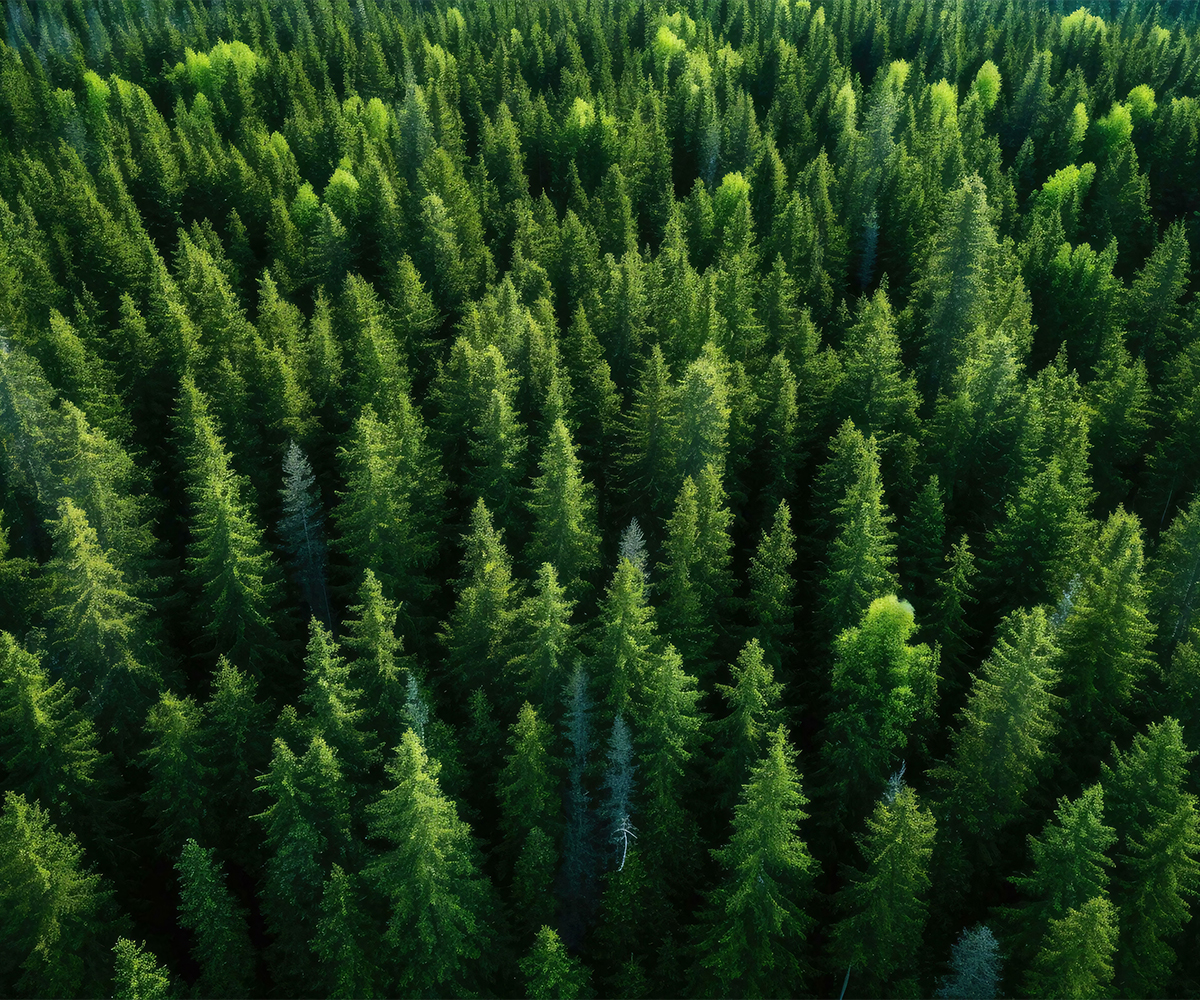
Why Are Some Trees Left Laying In The Forest After Your Are Done?
When we cut down a tree in the forest, we generally leave the tree top lying in the forest (slash). Our experience has shown that as the slash naturally decays over time, it provides nutrients in the soil for the regrowth of new shrubs and trees.
These leftover tree tops create a great environment for small animals to find shelter, unlike forests without underbrush, which offer them fewer places to live.
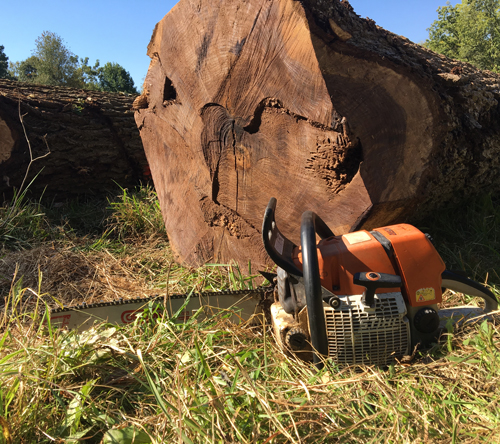
Do you have liability insurance?
We are very careful to show the utmost respect for your property, nearby animals, and persons around us. We take necessary precautions to make sure that you and our team are safe at all times while we are harvesting trees.
Our professional lumberjacks receive training in proper procedures for harvesting trees from the forest. Our company carries insurance for any harm that may occur to property or persons while on your land. We will be glad to show this documentation upon request.
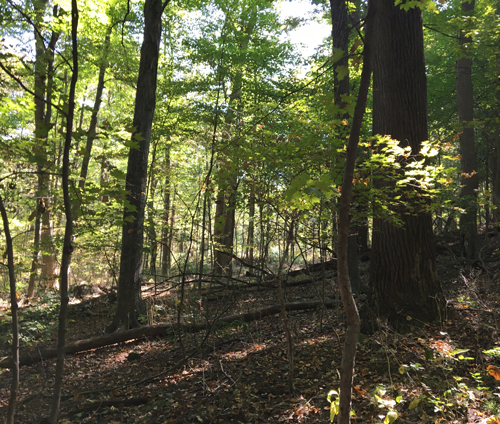
Do you cleanup after the job is done?
We know how messy harvesting trees can be for your property, so as a result we take extra care to leave your property in the best condition after we finish the harvest.
When harvesting trees in a dense woods, we often cut down and clear the tree tops left on the ground to clean up the woods. Because these leftover tree tops (slash) create shelter for wildlife and help promote the regrowth of new trees as they naturally decay.
We also reseed skidder trails that pass through your lawn or other grassy areas.
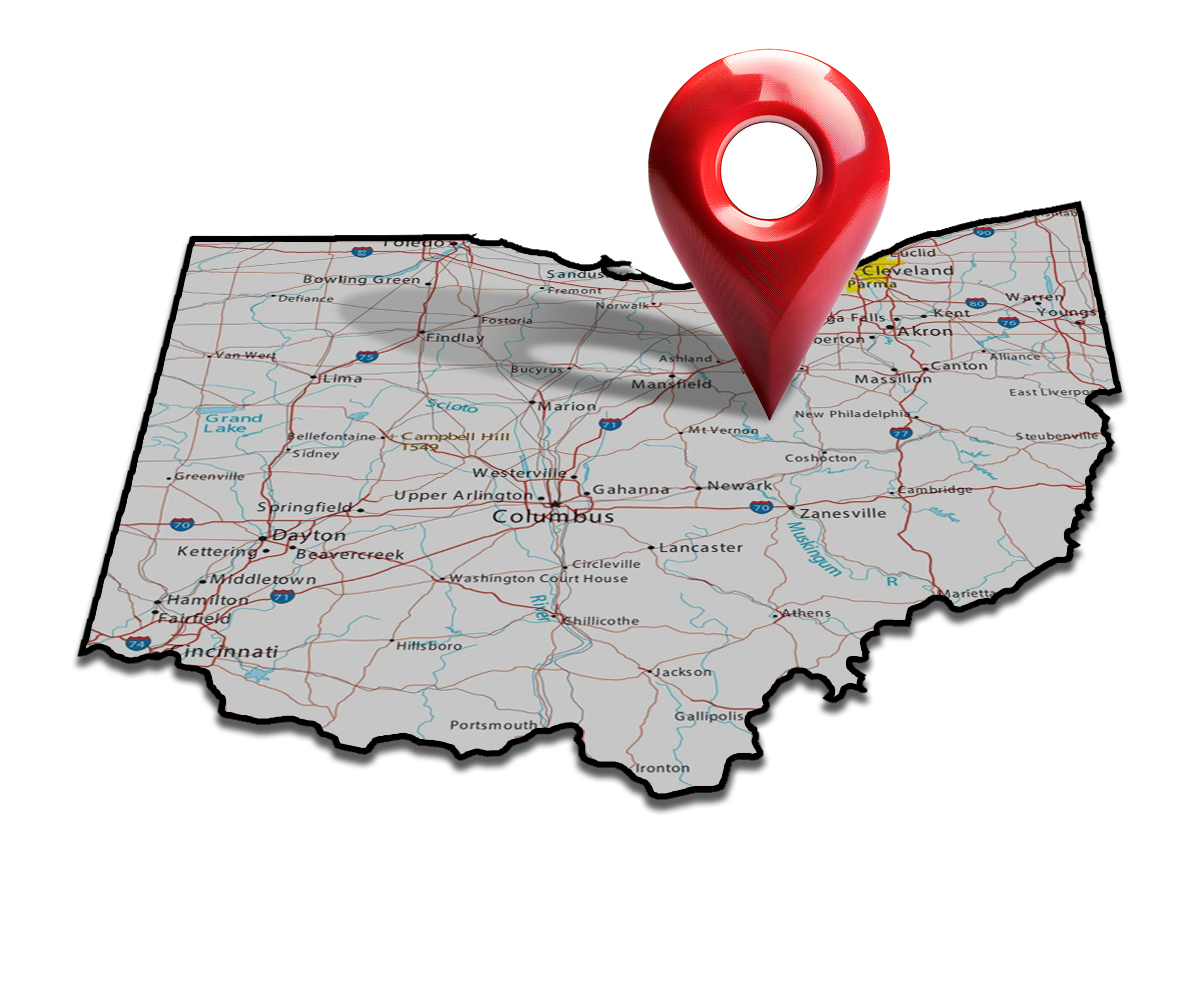
What is your service area?
Ready to harvest your trees?
SELL MY TIMBEROur Service Area
We service the entire state of Ohio. Some of the cities we frequently serve include: Marietta, Mansfield, Zanesville, Medina, Cuyahoga Falls, North Royalton, Wooster, Millersburg, Canton, New Philadelphia, and surrounding areas.
Our Service Area
We service the entire state of Ohio. Some of the cities we frequently serve include: Marietta, Mansfield, Zanesville, Medina, Cuyahoga Falls, North Royalton, Wooster, Millersburg, Canton, New Philadelphia, and surrounding areas.

Your Trusted Timber Buyer
Phone: 330-390-2094
Based in Holmesville, Ohio